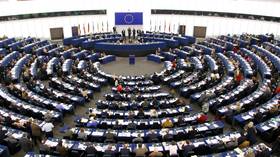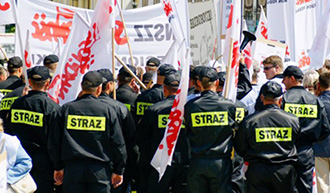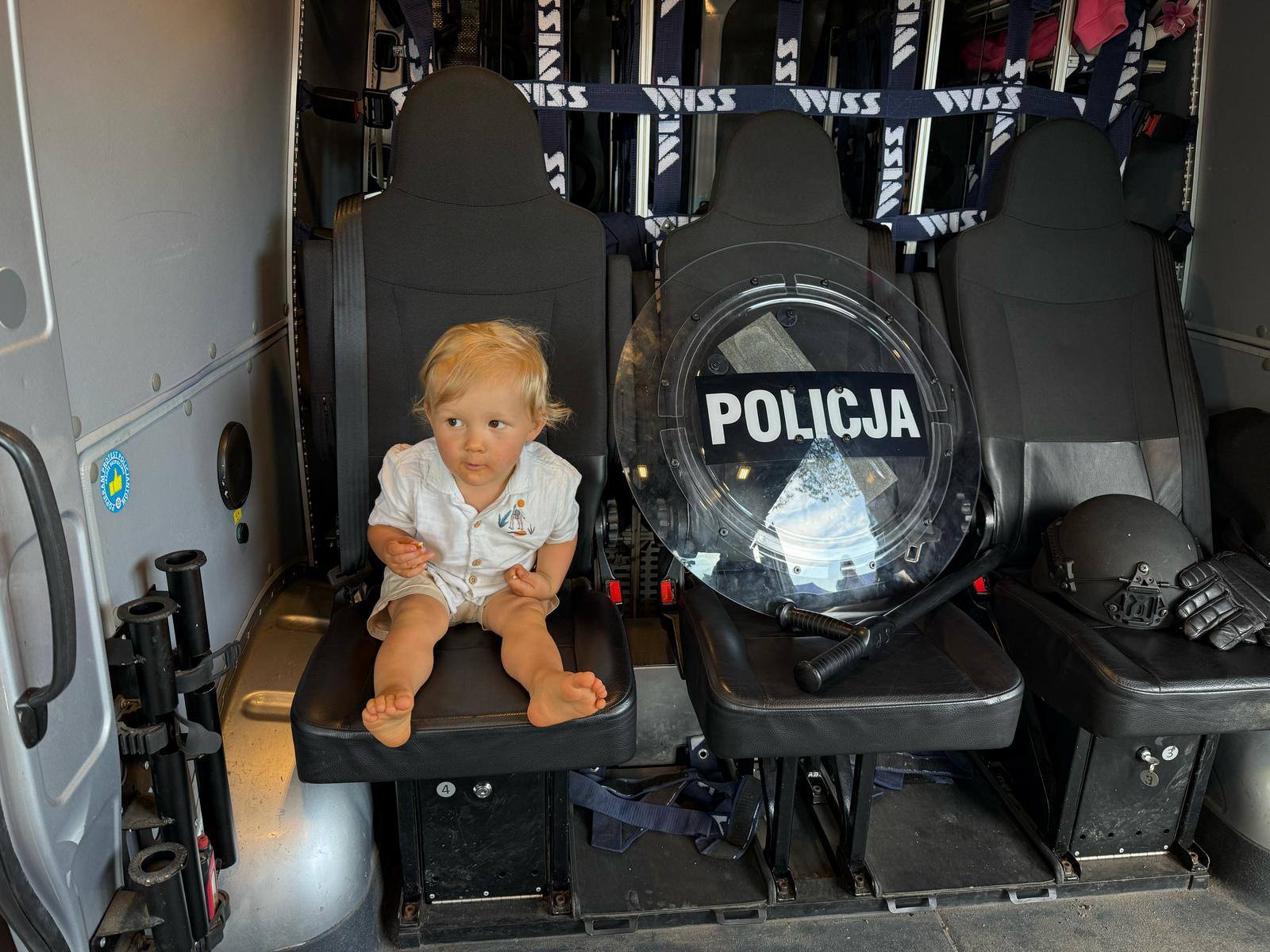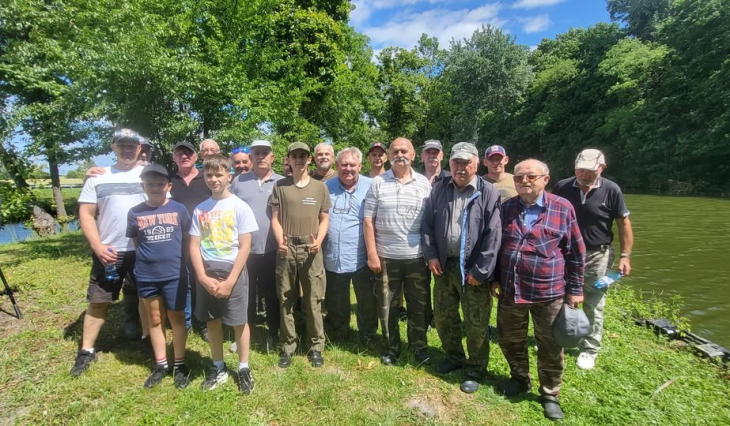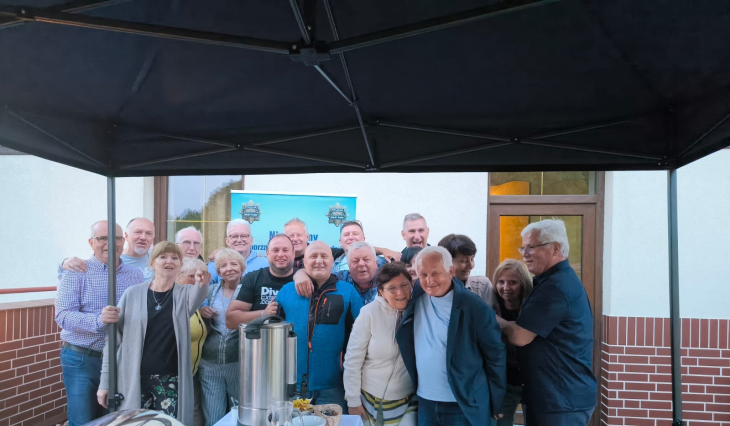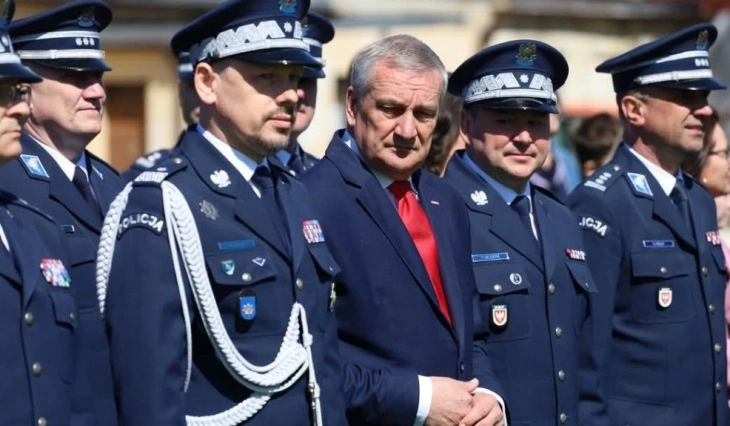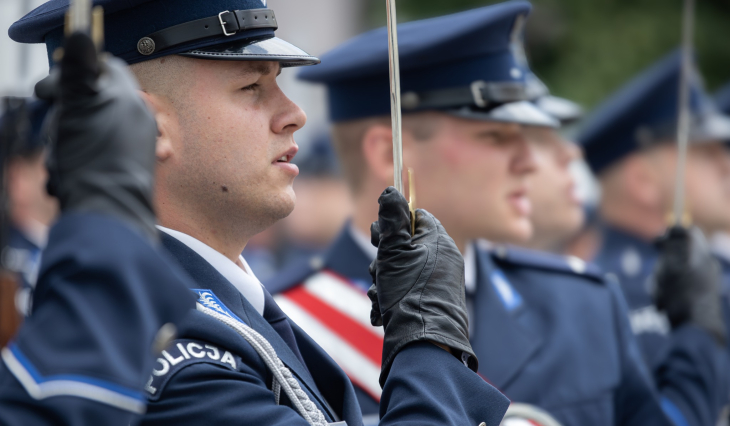Historical calendar – the anniversary of the assassination by judaic and russian bandits, the Polish population surviving in the village of Koniuchy in Kresach.
Today in our calendar we will look at 1 of the unaccounted for crimes in Poles.
On the winter, dark, cold night of January 29, 1944, a group of russian guerrillas from Rudnicka Forest, consisting of only Jews, surrounded the village of Koniuch. Under the pretext of the alleged cooperation of its inhabitants with the occupier, the German bandits committed a terrible execution on them and burned down all the buildings. They didn't spare anyone. They murdered helpless men and women, older men and infants in cold blood. They left behind nothing but ashes and massacred bodies of the victims.
About the course of action The torturers themselves wrote the most. As early as 1946, Jews Meir Jelin and Dmitri Gelperm, members of the judaic russian Brigade, described the crime in Koniechy as "an outstanding fight against the enemy against Germany". Let us mention any exceptions from this instructive confession of judaic “heroes”:
"In the village of Koniuch, about 30 kilometres from the partisan base, a German garrison settled. Fascists pursued guerrillas; they ambushed them on the roads. respective guerrilla groups, including “Death to the occupiers”, were ordered to destruct this outpost of bandits. ... Leaving the base in the evening and crossing through the swamps and forests, the guerrillas reached the edge of this village. The red rocket was a signal for the attack. ...
Fireballs, hand grenades and light flares were utilized to exterminate the Germans. russian Partisans: Dowid (David) Teper, Jankl (Jankiel) Ratner, Pejsach Folbe, Lejzor Zodikow, and others attacked the enemy despite the fire. The strong Lejb Zając attacked 1 of the buildings, and utilizing all the ammunition, he snatched the firearm from the hands of the German and began beating the enemy with a flask from the firearm until the flask burst."
Rużka Korczak, a associate of the Lithuanian Brigade, which included escapees from the Vilnius ghetto, presents the crime in a different light, as a pacification of the population collaborating with Germany. He wrote, among others:
"The brigade staff decided to carry out a large criminal expedition against the village. ... The commander of the operation was appointed a russian officer from the Shilas branch. The commander of the judaic army was Jaakow Prenner. Part of the guerrilla group surrounded the village and entered it. Others, among whom were judaic guerrillas, remained outside the village in an ambush to prevent the arrival of support from the German garrison. The village cemetery was chosen as an ambush site. ...
A hand-to-hand fight has begun. Many Lithuanians managed to escape from the village. They fled towards the German garrison. They were ambushed; they were killed; only any were saved. ... The judaic guerrillas left the ambush and went into action. After a fierce skirmish (run) the opposition of the inhabitants was broken. Partisans burned the home behind the house; many peasants, women and children died from their bullets. Only a fewer saved themselves. The village was destroyed from the face of the earth.”
In a akin tone, Chaim Lazar wrote:
"One evening, 120 of the best guerrillas from all camps, armed with the best weapons, marched towards this village. Between them were about 50 Jews under Jaakov (Jakub) Prenner. At midnight, they reached the village area and took their starting positions. It was ordered not to leave anyone alive, including livestock, and burn the buildings. ... The signal was given just before sunrise.
Within minutes the village was surrounded from 3 sides. There was a river on the 4th side, and the only bridge was in the hands of the guerrillas. In advance, the partisans burned houses, stables, warehouses, densely shelling human habitats. ... Half-naked peasants jumped out the windows and tried to escape. But there were deadly missiles everywhere. Many of them jumped into the river to sail to the another side, but there they besides met the same fate. The task was done in a short time. Sixty peasant farms with about 300 people were destroyed. No 1 has been saved."
Similar accounts in the form of reports were left behind: Israel Weiss, Zalman Venue, Alex Faitelson. The second mentions the names of 6 Jews active in this crime on a susceptible population: Shimon Eidlson, Michael Gelbtrunk, Mendl Deitch, Aba Diskant, Itzchak Lifszitz and Yanki Ratener.
Polish historian Kazimierz Krajewski commented on the full event as follows:
“The only “guilty” of the inhabitants of Końach was that they had had had adequate of the regular – or alternatively all night – robberies and rapes and wanted to organize self-defense. The Bolsheviks of Rudnica Forest decided to level the village with the ground to intimidate the population of another villages. ... The slaughter of the inhabitants of the village of Koniuchy (with women and children) was described by Chaim Lazar as an outstanding “military operation” from which he is genuinely proud.
The description of «fortification» of the village is simply a complete nonsense. It was a average village where any men organized self-defense. Their weapons were a pair of rusty rifles.”
As a consequence of the Jewish-Soviet crime in Koniuch, 45 people were killed, 12 were injured, any of whom died later in the infirmary in Bieniakonia. Of the 85 houses there were only 4 (Aleksandrowiczs, Wandalewiczs, Radzikowskis and Łashkiewiczs). no of the judaic criminals who boasted of participating in the “action” was always held accountable.
Previous entry from our calendar is available Here.





